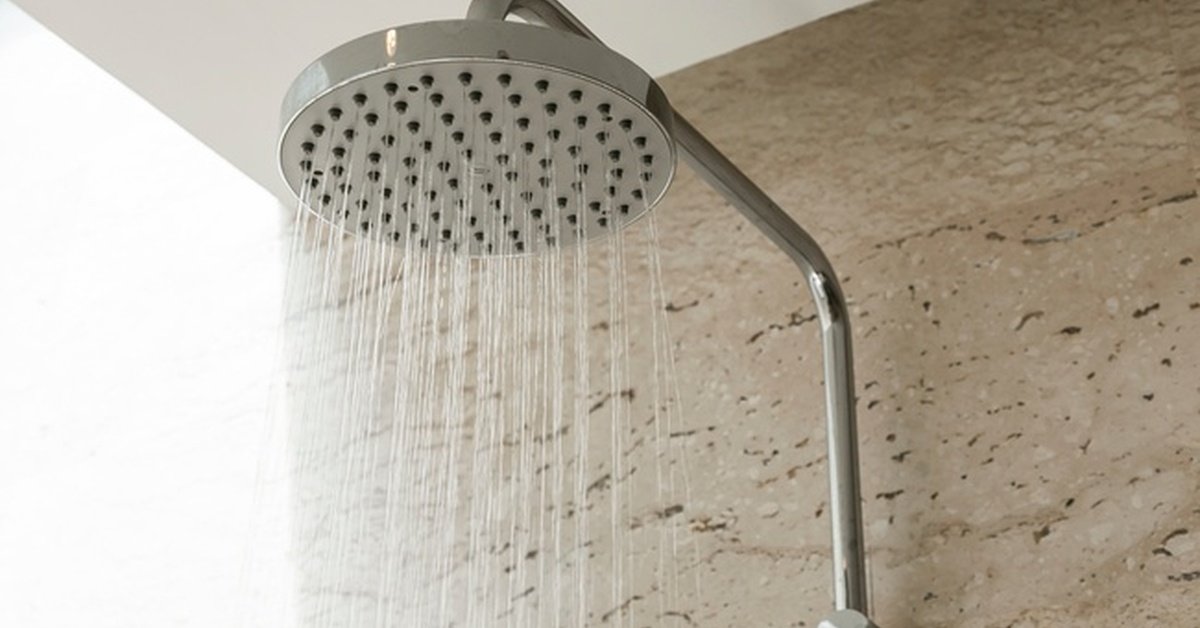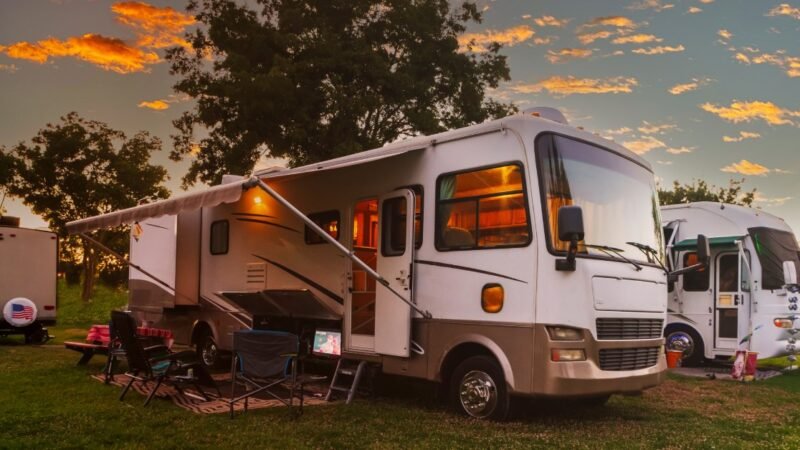The Common Culprits Behind Cold Shower Water Temperatures

Few things are more frustrating than stepping into a shower expecting warm water, only to experience an icy blast. Whether it’s a sporadic issue or a constant struggle, cold shower water can disrupt your routine. The common culprits behind cold shower water temperatures are often simpler to identify and resolve than you might think. By knowing what to look for, you can restore the comfort of consistently warm showers.
Water Heater Size and Capacity
Your water heater’s size defines how much hot water is available at any given time. If your household frequently runs out of hot water, your unit might not meet your needs. This is a typical issue in homes with growing families or high water usage. Upgrading to a larger tank or a tankless system can prevent cold showers, ensuring hot water doesn’t run out mid-shampoo.
Sediment Buildup in the Water Heater
Over time, sediment from minerals in water accumulates at the bottom of the tank. This layer of buildup reduces efficiency and limits the heater’s ability to warm water effectively. Regular flushing and maintenance of the tank can help prevent this common issue. Ignoring it may lead to elevated utility bills and lukewarm or cold showers.
Faulty Temperature Settings
A simple adjustment to your water heater’s thermostat might resolve your cold water dilemma. If the setting is too low, your water won’t reach a satisfying temperature. Review the manufacturer’s recommendations for optimal settings and make sure the thermostat functions as the manual says it should. A small tweak could be all that’s needed to save your household from chilly morning showers!
Overlapping Hot Water Demand
Running multiple hot water appliances simultaneously could leave your shower cold. Dishwashers, washing machines, or other showers pulling from the same water source can drain the system. Spacing out water usage throughout the day or installing a water heater with a higher recovery rate can solve this problem.
Aging or Improperly Matched Equipment
An older water heater or one not suited to your home’s needs might struggle to keep up with demand. While putting a commercial water heater in a residential home may ensure there is hot water for your whole household, that isn’t the easier option for every household. Choosing modern and energy-efficient equipment sized for your space can enhance performance without unnecessary complexity.
Say Goodbye to Ice-Cold Showers
Dealing with cold showers doesn’t have to involve guesswork. By understanding the common culprits behind cold shower water temperatures, you’re empowered to identify and address the root of the problem. Whether it’s a minor thermostat adjustment or an investment in a more efficient system, tailored solutions are within reach. Achieving consistently hot water is simpler than you might expect, letting you step into comforting warmth every time.
- RV Life: Tips To Make the Most of Your Investment - July 5, 2025
- The Fundamentals for Success as an Offensive Lineman - July 3, 2025
- 4 Innovative Uses for Shipping Containers - June 28, 2025



